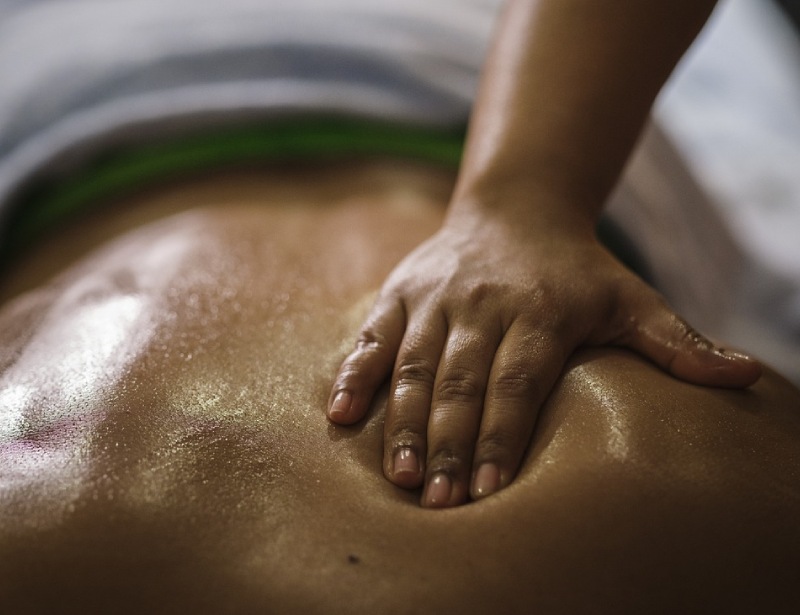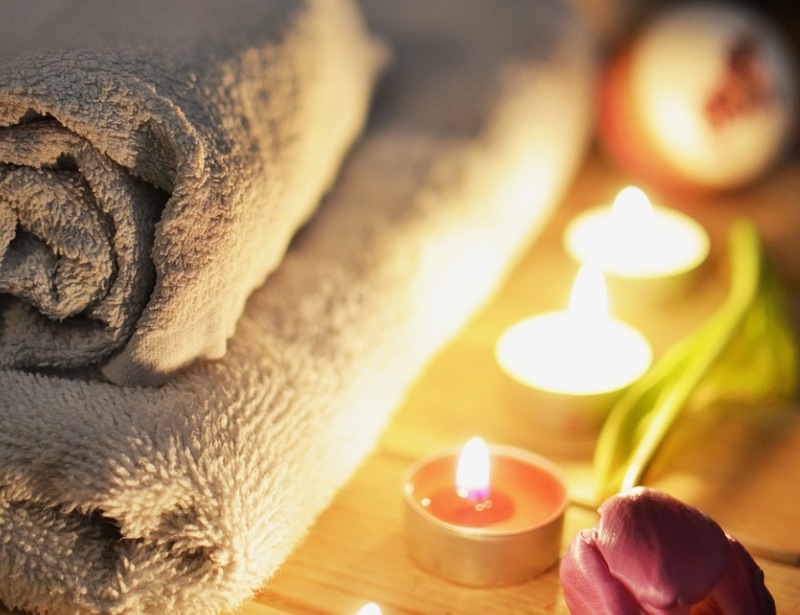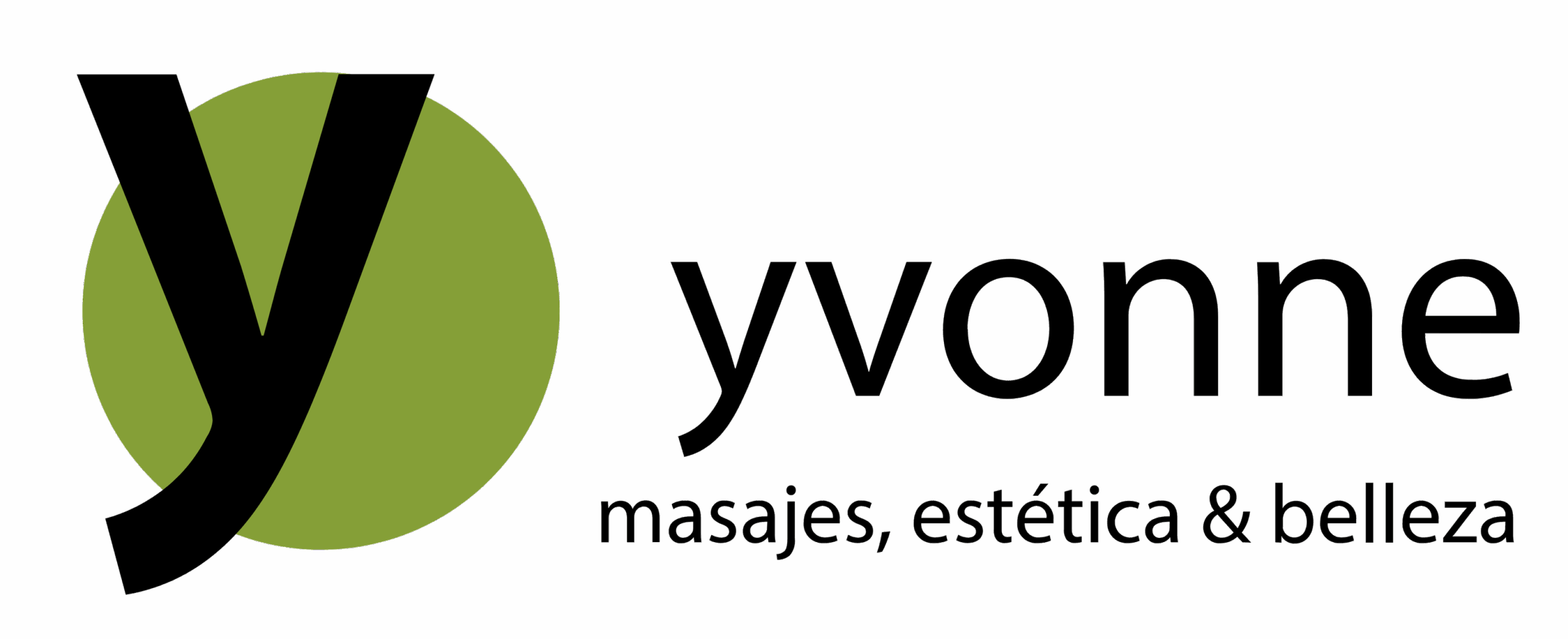Do you feel tense and with muscle pain lately? Look no further, because Swedish massage is here to relieve your discomfort.
Originating from Sweden, this popular massage technique uses gentle, fluid movements to promote relaxation and improve circulation. It is known for its ability to reduce stress, relieve back pain, and improve overall well-being.
In this article, we will delve into the history, techniques, and benefits of the famous Swedish massage. Say goodbye to muscle tension and hello to a state of deep relaxation!

Swedish massage. Origin and history
As far as the world of massage is concerned, Swedish massage is a well-known and practiced form of therapeutic massage. Its origins date back to the 19th century and are attributed to the Swedish fencing instructor and gymnast Per Henrik Ling.
The development of Swedish massage is further linked to Johan Georg Mezger, a Dutch practitioner who introduced the French terms used to describe the basic movements.
This blend of the techniques and terminologies of various practitioners contributed to the founding of Swedish massage as it is known today.
Swedish massage techniques and strategies are based on the concept of using long, fluid strokes to promote relaxation and overall well-being. The main goal is to warm up the muscle tissue, releasing tension and gradually breaking down muscle “knots” or attached tissues, known as adhesions. This paves the way to a smoother, more uniform muscle texture.
Originating from Sweden, this massage technique has stood the test of time and remains very popular around the world.
Its focus on gentle, relaxing movements and its potential to deeply relax the body and mind contribute to its wide reputation as a restorative and rejuvenating treatment.
Both practitioners and recipients value the holistic approach of Swedish massage, which addresses not only physical tension and discomfort, but also mental and emotional stress.
Swedish massage techniques and movements
- The effleurage, or use of long, gliding strokes, is intended to increase blood flow and prepare the body for deeper massage techniques.
- The petrissage It involves kneading the muscles and applying deeper pressure to promote the release of muscle tension. Friction is used to generate heat and improve the alignment of tissue fibers.
- The tapotement or rhythmic tapping, and vibration techniques are used to invigorate the body and conclude the massage.
Objectives and benefits or Swedish massage
It is renowned for its multifaceted benefits, encompassing relief from both physical and emotional discomfort.
The main goals of this renowned massage technique are to reduce stress and tension, relieve muscle pain, and improve circulation. These objectives translate into a wide range of benefits, which make Swedish massage an attractive form of therapy that is highly requested by clients.
One of the key benefits of Swedish massage is its profound impact on the body’s circulatory system. The deliberate and systematic manipulation of muscle tissue serves to stimulate the flow of blood and oxygen throughout the body, thus contributing to improved circulation.
This, in turn, can lead to a greater sense of vitality and an overall increase in physical well-being. Additionally, activating the body’s circulatory processes can play a crucial role in facilitating the body’s natural healing mechanisms, further amplifying the therapeutic effects of massage.
This form of massage can effectively relieve acute and chronic muscle pain. The release of tension and the subsequent improvement in muscle flexibility and range of motion are essential not only to mitigate existing discomfort, but also to prevent the appearance of future muscle problems.
Furthermore, the restorative effects of Swedish massage are not limited to the duration of the massage session, but often extend well beyond that. The person experiences a sustained and widespread sense of peace and well-being in their daily life. This long-lasting effect on the overall state of relaxation underscores the significant and far-reaching benefits of integrating Swedish massage into your regular wellness routine.
Muscle pain relief
By selectively manipulating muscle tissue and applying varying levels of pressure, this form of massage can effectively release built-up tension and alleviate discomfort associated with chronic muscle problems. Whether you suffer from tension headaches, back pain or specific areas of muscle tension, this offers a versatile and comprehensive approach to promote muscle relief and restore a greater sense of calm and comfort to the body.
It also prevents the appearance of future muscle discomfort, highlighting its role as a proactive and integral component of a holistic approach to physical well-being. Releasing muscle tension and restoring optimal muscle function and balance are critical for people to prioritize and maintain their long-term muscle health and comfort.

Improved circulation
The application of its various techniques culminates in a considerable improvement in blood and oxygen flow to different areas of the body.
This, in turn, can produce a wide range of powerful benefits, such as encouraging cellular regeneration, accelerating the body’s natural healing processes, and cultivating a greater overall state of physical well-being.
By prioritizing the optimization of circulation, Swedish massage plays a critical role in fostering the body’s innate ability to renew and revitalize itself, ultimately allowing people to experience a greater sense of vitality, energy and resilience.
How to do a Swedish massage
A typical Swedish massage session is characterized by a calm and nurturing environment, designed to foster a deep sense of relaxation and well-being.
We use a combination of long, fluid strokes and specific techniques to address the recipient’s individual needs and preferences.
These techniques are applied with the help of high-quality massage oils or lotions to facilitate smooth, fluid movements and minimize any potential discomfort or friction.

Throughout the session, the recipient is encouraged to communicate openly with the professional about their comfort, preferences, and any specific areas of tension or concern. This collaborative approach ensures that the massage experience is tailored to each person’s unique needs, ultimately optimizing the therapeutic effects and results of the session.
Whether the individual is seeking relief from muscle tension, a respite from the demands of a busy lifestyle, or an opportunity dedicated to deep relaxation and rejuvenation, the practitioner will adapt the massage techniques and approach to best address these goals.
How often and for how long should I do a Swedish massage
It is important to consider each person’s unique needs, preferences and circumstances. For many people, integrating a regular Swedish massage session into their wellness routine can offer sustained and comprehensive support in cultivating optimal physical and emotional well-being. Whether as a weekly treat, a bi-weekly retreat, or a monthly ritual, consistently incorporating Swedish massage into one’s lifestyle can produce profound and lasting benefits.
Additionally, the length of Swedish massage sessions can vary depending on the individual’s specific goals, areas to be treated, and total time available.
While some people may opt for a standard one-hour session to address general relaxation and maintenance, others may seek longer sessions to allow for more comprehensive and focused treatment on specific areas of tension or discomfort.
The flexibility and adaptability of Swedish massage in terms of frequency and duration highlight its ability to accommodate and satisfy a wide range of individual needs and preferences.
The frequency and duration of Swedish massage sessions should be adjusted to each person’s particular needs and goals, considering factors such as the presence of specific muscle problems, daily stress and physical activity levels, and lifestyle and regimen. general well-being of the person.
By tailoring the frequency and duration of Swedish massage sessions to individual needs and circumstances, people can take full advantage of the restorative and transformative benefits that Swedish massage offers.
Contraindications

Transparent and collaborative communication with both the healthcare professional and the massage therapist is essential to ensure that each person’s unique health considerations and circumstances are thoughtfully and effectively addressed in the context of the massage experience.
By taking a conscious and informed approach to considering contraindications, individuals can maintain and prioritize the fundamental principles of safety, responsibility, and personalized well-being in relation to their participation in Swedish massage. This, in turn, fosters an environment of proactive and empowered self-care, supported by a strong commitment to the promotion and preservation of individual health and holistic well-being.
Conclusion
Swedish massage is an effective and popular therapy that originated in Sweden. With its soft and fluid movements, you reach a deep state of relaxation and physical well-being.
This massage technique has been shown to be beneficial for reducing stress, relieving muscle pain, and improving circulation. Whether you receive it or do it.
Do not hesitate to in try or give away the Swedish massage if you are looking to relieve contractures and muscle pain, as it can provide many benefits for your health and general well-being.

